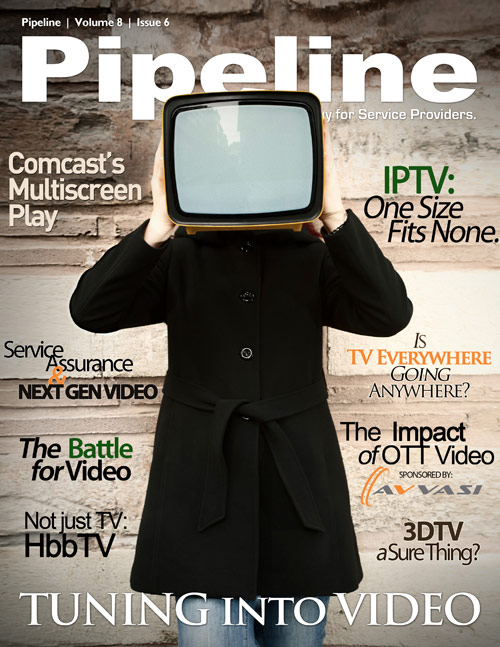Comcast has partnered with Samsung to offer Xfinity TV service through Samsung IP-enabled TVs. Brian L. Roberts, Comcast CEO, called the partnership an, “important step in Comcast’s plan to totally reinvent how consumers watch television wherever and whenever they want.”
Recognizing that game consoles are a major portal for video viewing, Tony Werner, Chief Technology Officer at Comcast, recently revealed in an official blog post that Xfinity TV On Demand will soon be available on the Xbox 360. “Through our partnership with Microsoft, we'll offer our customers a unique and innovative way to discover, control and experience thousands of On Demand programs from leading networks and studios, using unique features like Kinect's voice and gesture controls. And, because Xfinity TV's Xbox experience is built on a private IP platform, we can deliver a more personal and integrated next-generation experience.”
So Comcast is poised to deliver content through traditional set-top boxes, to desktop and laptop PCs, to mobile phones and tablets, to IP-enabled televisions, and through the Xbox 360. That's quite a few screens—how do they do it?

Enabling Technology
Comcast relies on two solutions to deliver multiscreen programming: Elemental for IP transcoding, and thePlatform for publishing. Charlie Herrin, Senior Vice President of product development and technology for Comcast Interactive Media, explained the two-pronged to Screen Play Mag: “Elemental has a highly reliable transcoding solution that, coupled with thePlatform’s cloud-based video management, is helping us deliver compelling services to our subscribers.”
First, everything Comcast pushes out has to be encoded for the numerous devices it supports. Elemental CEO Sam Blackman indicates this means 18 different adaptive streaming outputs, with room to scale for future device support. Then it has to be published, and that's where thePlatform steps in. Alcatel-Lucent is a strategic partner with Comcast's delivery solution, thePlatform, so we connected with them to gain some insight into the challenges of enabling a multiscreen offering.
Alcatel-Lucent and thePlatform
Alcatel-Lucent has been at the forefront of multiscreen enablement technology with its Multiscreen Video Platform Solution, so it's no surprise that they partnered with Comcast to drive thePlatform. I asked Stefan De Beule, Director Solutions Management, to explain the challenges of delivering content to multiple devices:
The current challenge is that you do not only have to deal with these 4 different types of user experiences, but that - within 1 category - you typically require different UI development environments, delivery techniques and security mechanisms. For instance, to reach the main TV screen with a lean-back experience, you have to support different TV brands (Samsung, Philips, Sony...), different add-on-devices (Apple TV, Google TV, Roku...) or game consoles (Sony PS, Nintendo Wii, Microsoft X-box) - all having different requirements for their devices, which makes multi-device content delivery challenging and costly.







